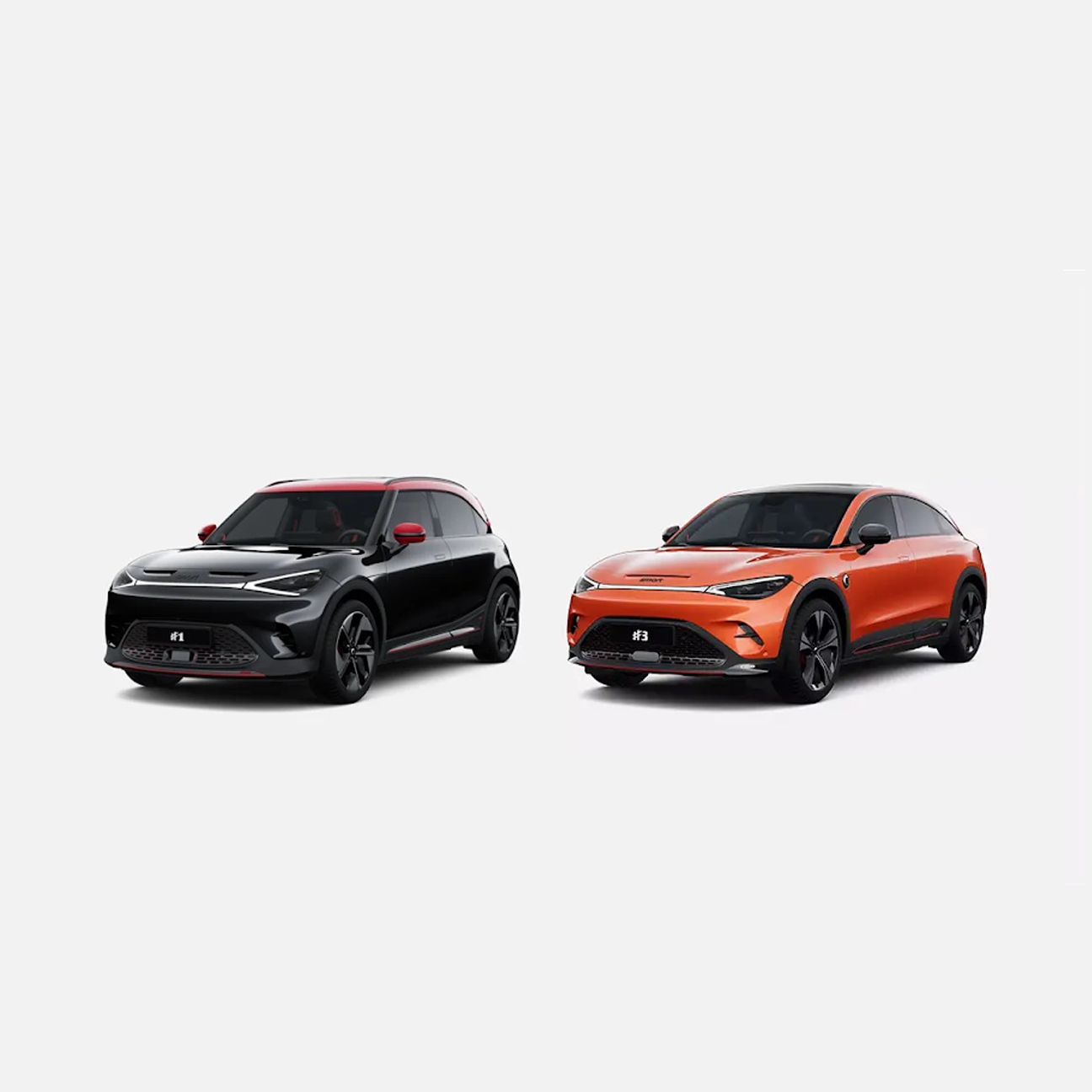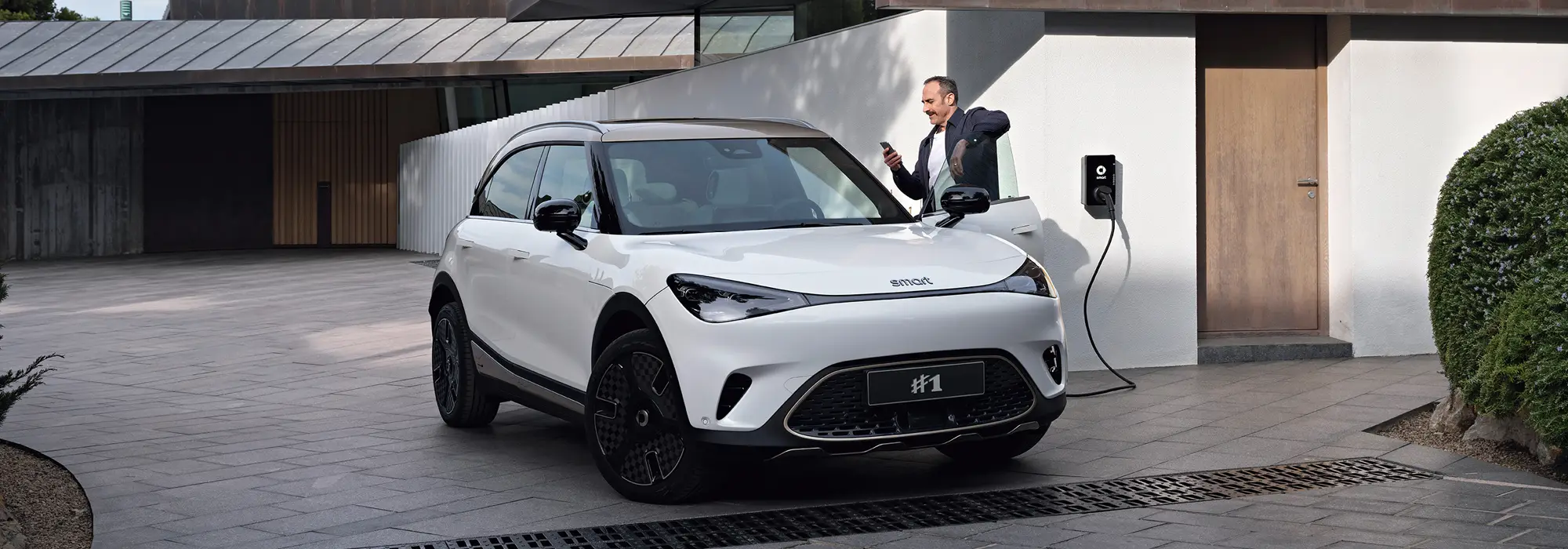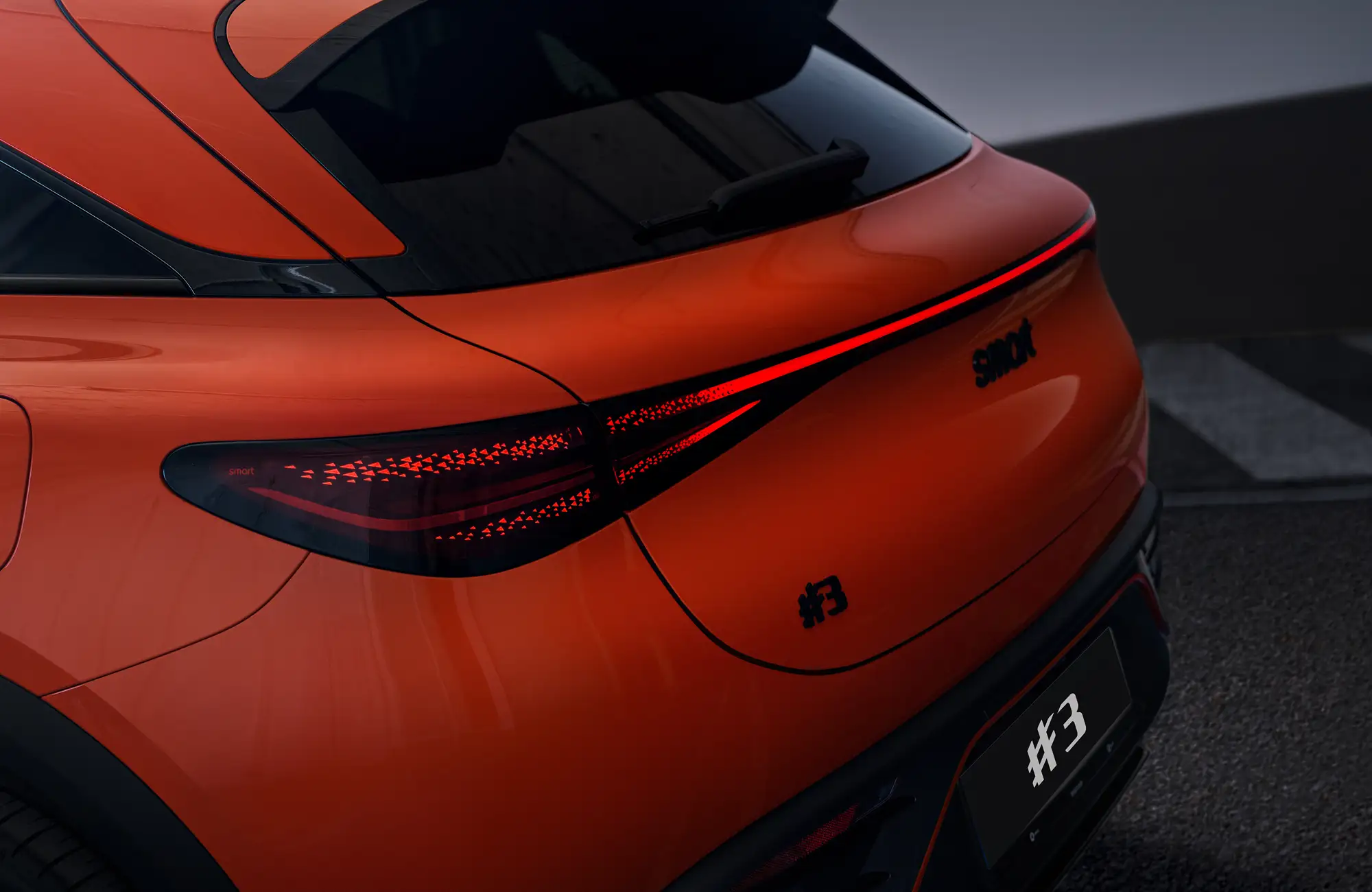The new smart electric car range has arrived in New Zealand. Book a test drive today.
From outlets to the great outdoors. All about electric cars.
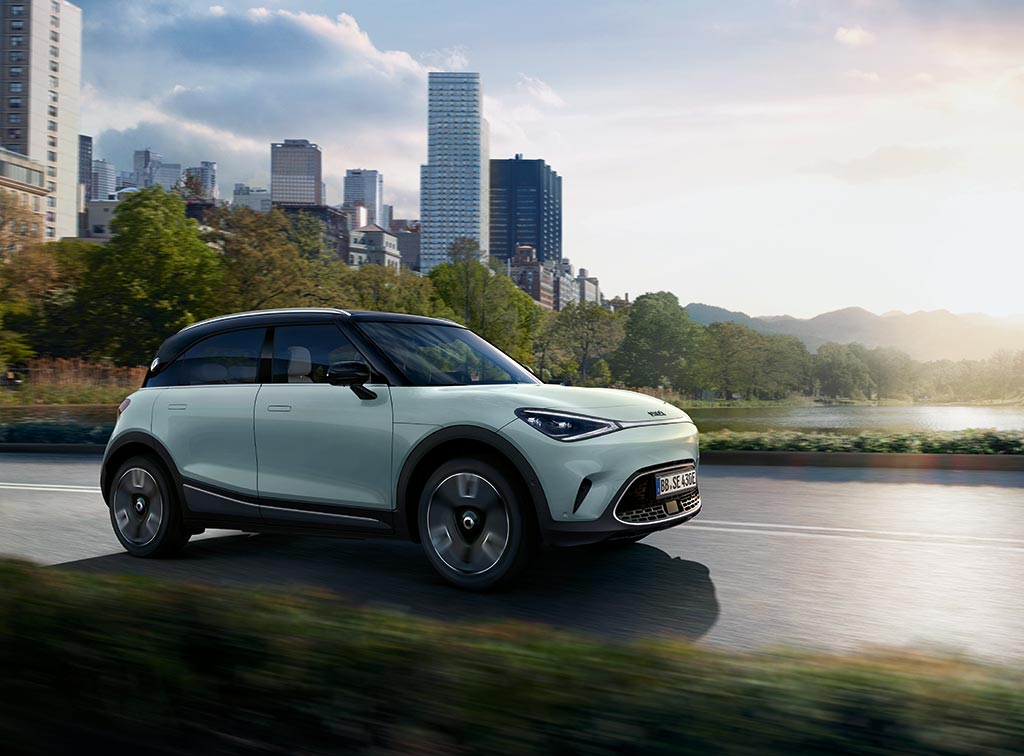
Advantages of an electric car
BEVs produce zero tailpipe emissions, reducing air pollution and greenhouse gas emissions where they are driving. BEVs have lower operating costs because electricity is generally cheaper than gasoline or diesel. They also run silently, providing a quieter and more peaceful driving experience. Due to fewer moving parts compared to internal combustion engines, they have lower maintenance needs and costs. Also, electric motors deliver quick acceleration and a smooth driving experience. Some electric cars can even outperform high-end traditional fuel sports cars.
What are the costs of an electric car?
The future of energy is electric. The transformation to greener and more sustainable transport comes with many new opportunities in tune with the world around us. With any investment, there is always a cost consideration. To get more of an idea it’s worth calculating how much it costs to drive an electric car in detail. The initial price of an electric car may be higher than a conventional petrol or diesel car, but the long-term savings and benefits usually outweigh this. The energy cost for an electric car can be much lower per kilometre compared to petrol-powered vehicles. Electricity costs are generally lower than petrol costs, and electric cars are more energy efficient. This means you can drive further on the same amount of energy, reducing overall energy costs.
Another factor that saves costs is the regenerative braking technology that most EVs have. This means that the battery is charging while you brake. This feature reduces wear on the brake pads and extends their life, which can reduce brake maintenance costs. And with fewer moving parts, electric vehicles generally also require less maintenance. As a result, they do not require oil changes, transmission repairs or exhaust system maintenance, which can be costly and time-consuming. By eliminating the amount of services your car needs, you can save significant amounts of money on service and repair costs in the long run.
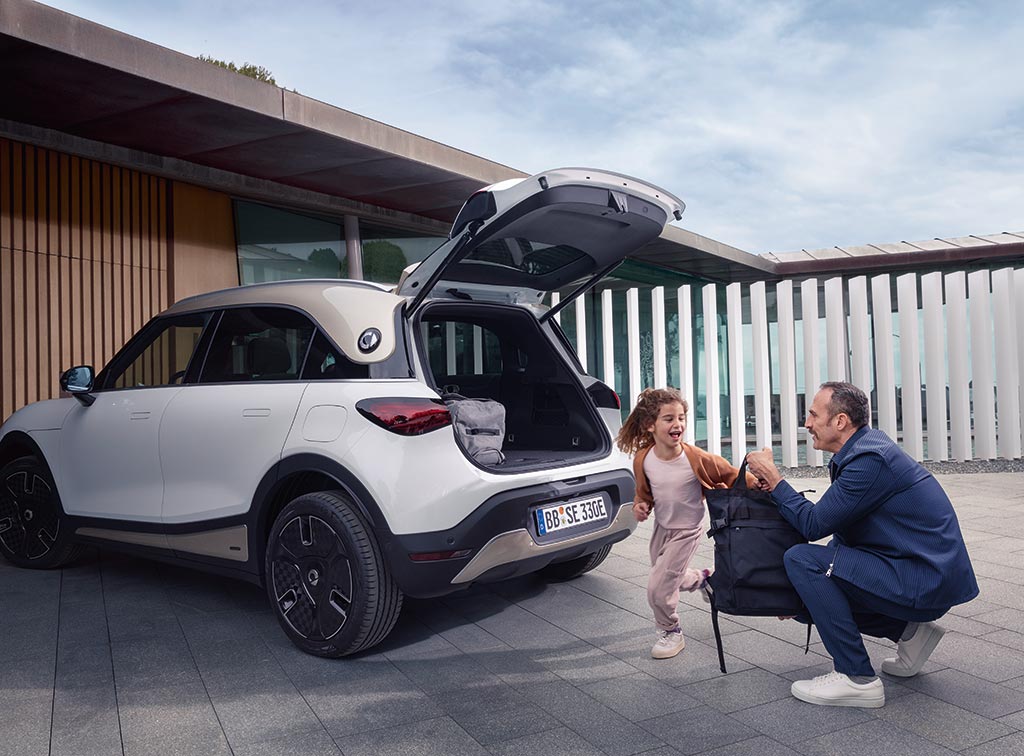
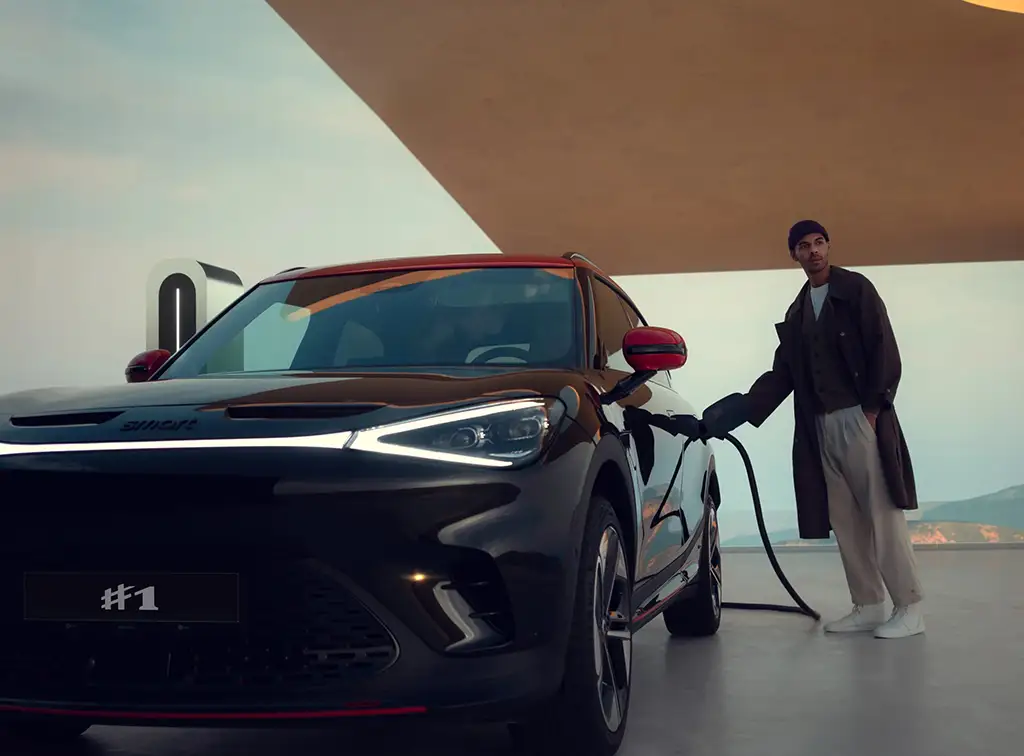
How to charge your electric car?
Home EV charging is perhaps the most convenient and affordable way to run a battery-powered car. It allows you to wake up in the morning to a fully charged car, ready to tackle the day ahead.
Plus, charging at home is often more cost-effective as you can take advantage of lower electricity rates, or even your home’s solar panels for even greater savings, especially during off-peak hours. You only need an electric home charger.
Whether installing it in your garage or outside your house, it works as a dedicated charging point. Embrace the effortless convenience of charging your electric car right at home.
Public charging networks in New Zealand continue to grow, providing convenient and accessible charging options for EV owners on the go. It is an option as it only takes smart to charge on DC supercharger (150kW) from 10% to 80% in less than 30 minutes.
How far can an electric car go on one charge?
When it comes to electric vehicles, the range of each model can vary depending on multiple factors. Modern advancements in battery technology have significantly improved the driving range of EVs, allowing drivers to cover greater distances on a single charge.
With a smart EV, you can expect to drive up to 455 kilometres (WLTP) on a single charge, depending on the model and variant you choose.
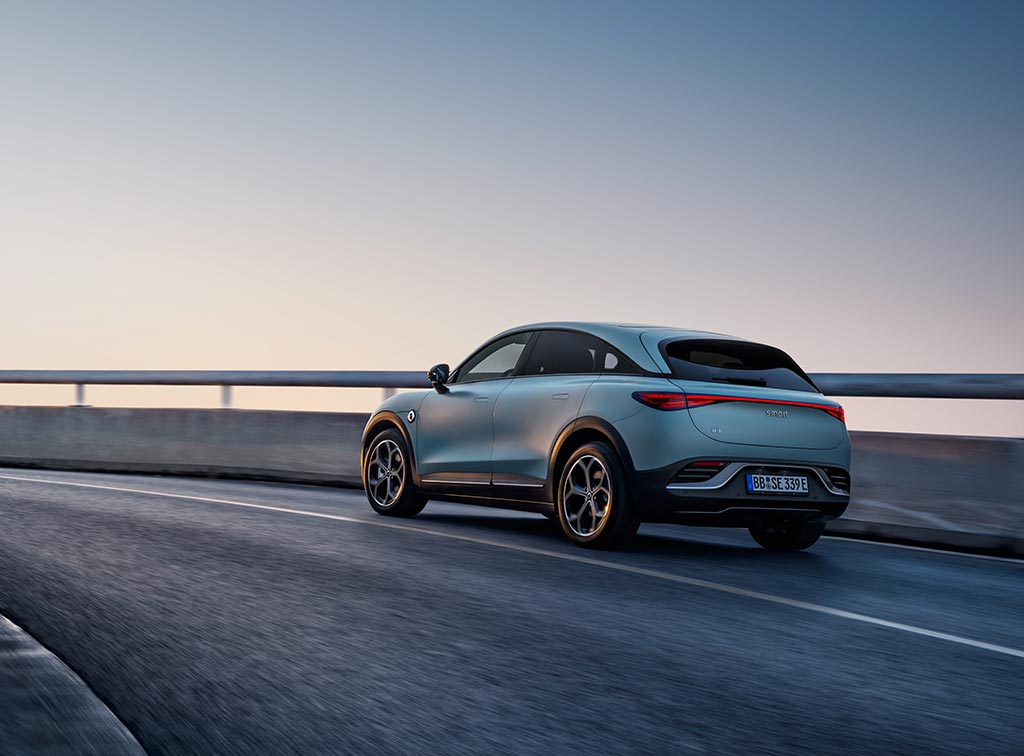
Shaping the electric future
Now you’re in charge. For a worry-free EV life, the smart ecosystem is designed to let you choose the charging solution that suits you best. With the integrated charging ecosystem — charging electric cars on your trip, at your destination, and at home is convenient and effortless.
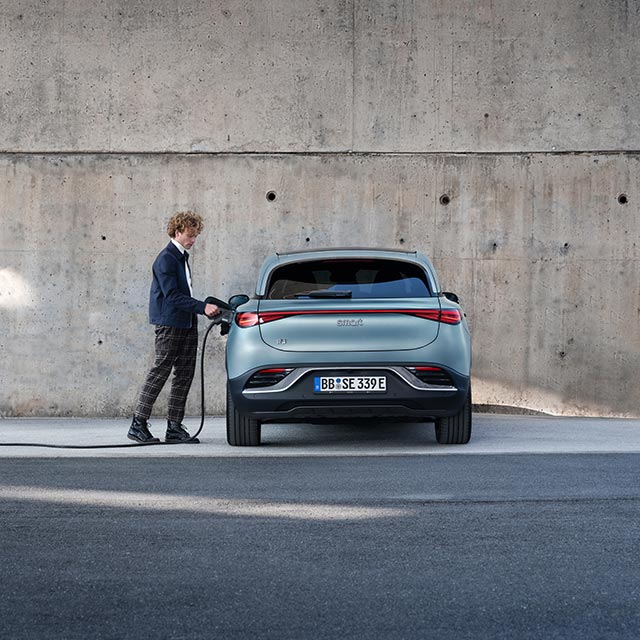
Charging time: numbers you’ll love
Customer-centric integrated charging solutions provide your vehicle with power almost everywhere you go. How long does it take to charge your electric smart #1 and smart #3? Charge your smart #1 from 10 to 80% – either with DC supercharging in under 30 minutes (150kW), or AC charging in under 3 hours (22kW).
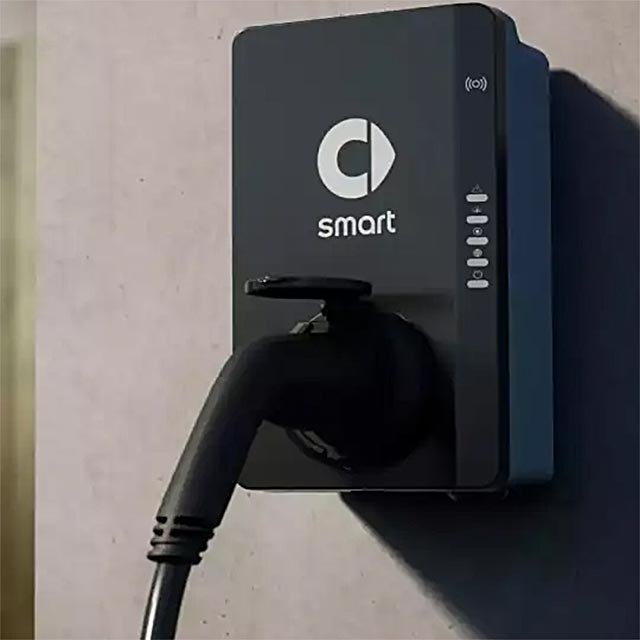
Annoyed by boundaries?
So are we. That’s why the smart #1 comes with a powerful range of up to 440 km (WLTP) and the smart #3 up to 455 km (WLTP). This opens up so many opportunities and gives you all the freedom you deserve. Ever heard of range anxiety? Well, that’s definitely a thing of the past. Just see where tomorrow takes you.
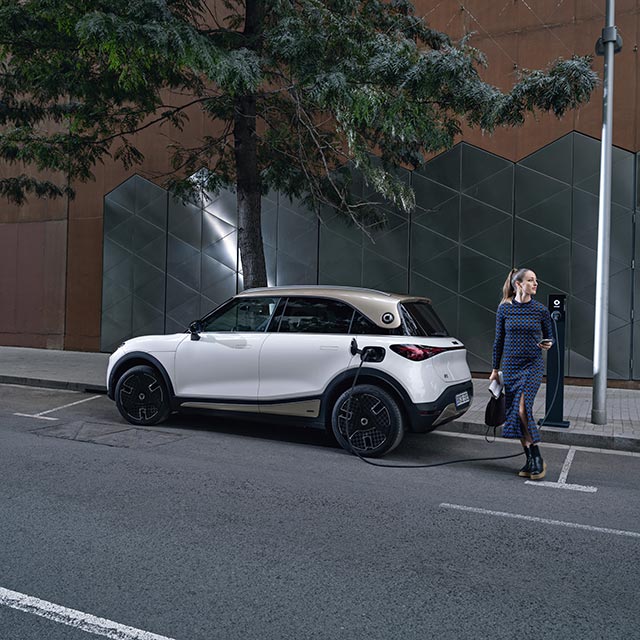
How to charge: the freedom of choice
In life, you should always have a choice. And that is especially true for charging electric vehicles. That’s why the smart #1 & smart #3 can be conveniently charged at home. or on the go with the supplied charging cable.






